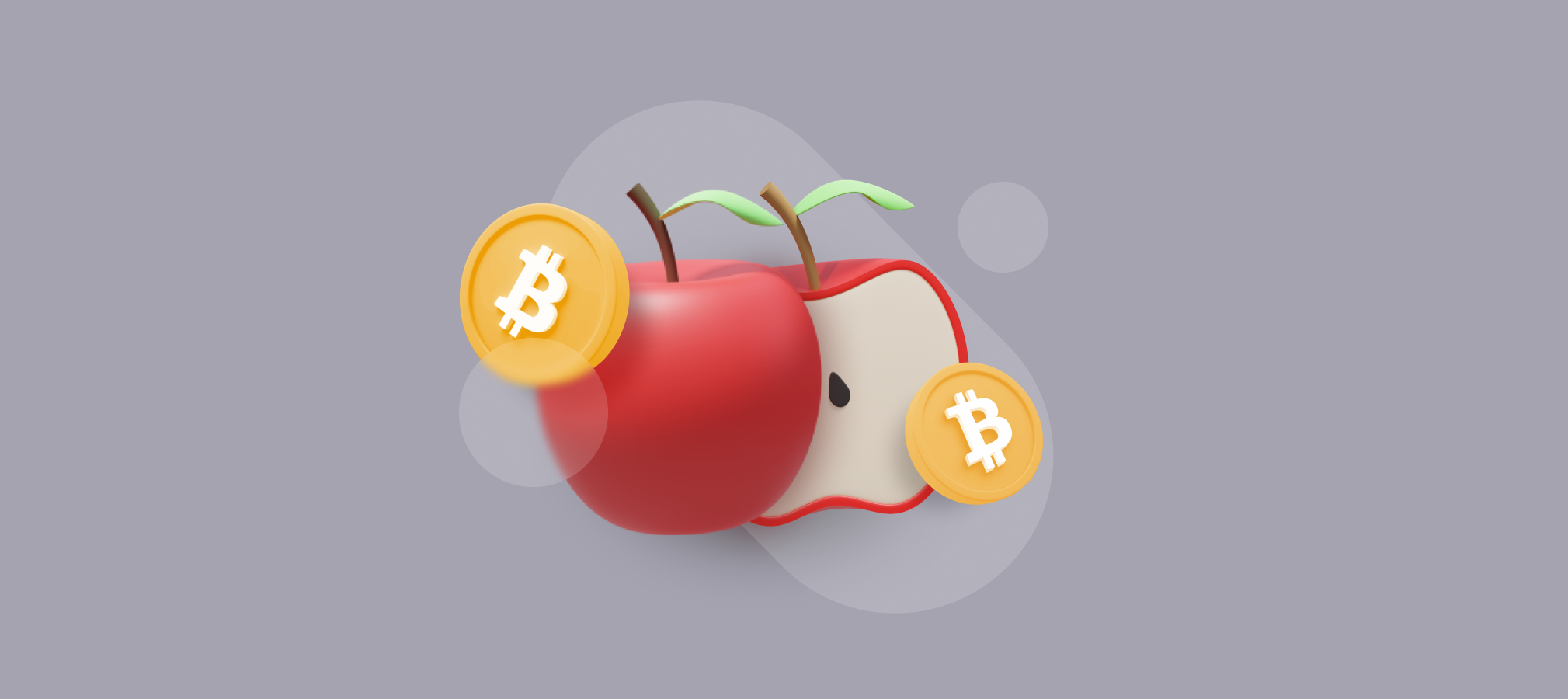What Is Cryptocurrency Halving

Cryptocurrency halving is a process in which the reward value for each mined transaction block is halved. The halving ensures that the crypto asset will follow a stable emission rate until its maximum supply is reached.
Halving plays an important role in cryptocurrencies based on the Proof-of-Work (PoW) consensus algorithm. It is a fundamental factor that inevitably has an effect on the price of the cryptocurrency. In addition, halving significantly affects the interests of miners, since their profit depends on it.
In this article we would like to consider the most famous coins which are waiting for halving in the near future.
Zcash
Zcash (ZEC) is in the top 50 of the biggest cryptocurrencies in the world now. Let's check some dates here. The first block was mined at the end of 2016, so the first halving will take place at the end of 2020. You can follow Zcash halving countdown here.
Currently every miner gets 12.5 ZEC per block. But each 4-year period (or 840,000 mined blocks) the volume of ZEC production is halved (from 12.5 to 6.25 to 3.125 to 1.5625, etc.).
Early investors put $3 million to fund the Zcash creation. In return for that money they agreed that the investors would receive a small fraction of the Electric Coin Company’s equity along with a slice of the Founder’s Rewards coins. At the moment the activities of ECC are sponsored by a network commission. 20% of the commission goes to the development of the project but in a year the developers will stop receiving their share from the extraction of digital coins. It will be possible to measure the impact of this factor on the Zcash price next year.
Litecoin
Litecoin (LTC) was created in 2011 by former Google employee Charlie Lee. Despite the fact that the coin isn’t new, this asset is still quite popular and has the 6th largest capitalization now.
LTC was based on the Bitcoin software code. However, there are several significant differences between these two cryptocurrencies. For example, unlike Bitcoin, Litecoin is based on the Scrypt hash algorithm, not SHA-256. The main difference between the Scrypt hash algorithm and SHA-256: the more powerful software is needed for the Scrypt hash algorithm. That's why LTC mining is more profitable.
In addition, LTC block production time is 2.5 minutes, which is 4 times faster than BTC. Therefore, transactions on the Litecoin network are much faster than Bitcoin.There is the Litecoin Halving History with dates and short comments:
- Litecoin Halving on August 8th, 2015. The amount of the reward for mining was reduced from 50 to 25 LTC. The first halving happened after 840,000 blocks. By then 50% of LTC (42 million LTC) was mined.
- Litecoin Halving on August 5th, 2019. The amount of the reward for mining was reduced from 25 to 12.5 LTC. The second halving happened after 1,680,000 blocks. By that time 75% of LTC (63 million LTC) was mined. Due to the growth in trading volumes, the coin pumped more than 10% breaking the line of $ 100.
- The next Litecoin halving is expected to be on August 3rd, 2023. By that moment 252,000,000 blocks will have been unraveled and 73.5 million LTC will have been mined. If you want to follow Litecoin halving countdown, tap here.
Bitcoin
Bitcoin's total supply is limited to 21,000,000 BTC. In this regard, Bitcoin is a deflationary asset.
When Bitcoin was created, the reward for the block was 50 BTC, which means the miner could receive 50 BTC coins every 10 minutes. This was at a time when miners used ordinary laptops and Bitcoin cost a few cents.
Since the creation of the genesis block the Bitcoin halving has happened twice:
- November 28th, 2012 - the date of the first BTC halving. The reward decreased from 50 BTC to 25 BTC. Three months before halving, the price of Bitcoin increased by 18%, and 90 days after this event - by 141%.
- July 9th, 2016 - the reward decreased from 25 BTC to 12.5 BTC. Within 90 days before the second halving the Bitcoin’s price increased by 54%. However, mining income has not recovered to its previous values. This could be due to the high competition between the miners, which led to a significant increase in the complexity of Bitcoin mining.
- The third Bitcoin halving will happen in 2020. Then the reward for the found block will be reduced from 12.5 to 6.25 BTC. Halving will be repeated every 4 years until the last Bitcoin is mined. It is about to happen in 2140. You can follow the Bitcoin halving countdown here.
According to analysts, before the first halving, which occurred in November 2012, the price of Bitcoin was $ 2.55. And a year after this event it grew to $ 1,037.Curiously, after that, the cryptocurrency fell almost four times, to $ 268. However, after the second halving, BTC not only returned to $ 1,037 but also overcame this level 2.5 times: Bitcoin went up to $ 2,525 in July 2017.
Cryptoanalysts note that the growth of cryptocurrency is always affected by halving. The cryptocurrencies rates usually start to grow closer to the date of halving. This theory is illustrated by the situation with BTC which price rose significantly before every halving.

